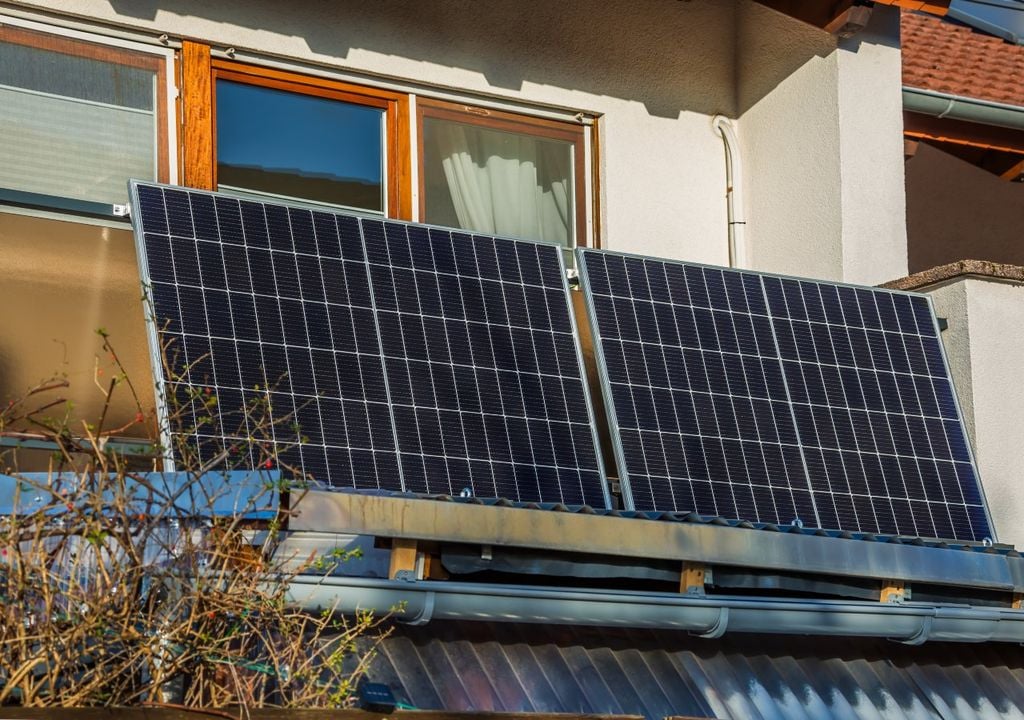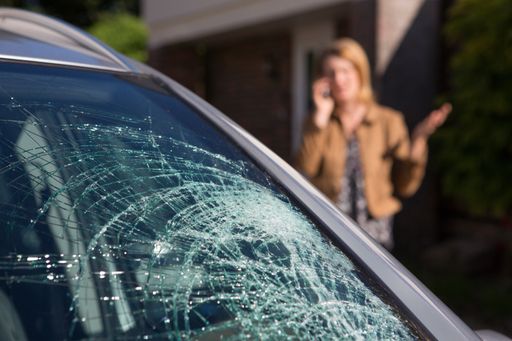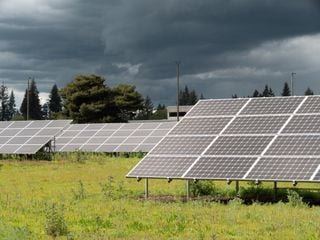What are the ready-made solar panels that are all the rage in Germany?
The global energy crisis and growing awareness of climate change have accelerated the search for sustainable solutions – and in Germany, the solution lies on the balcony.

In order to reduce its dependence on fossil fuels and mitigate the effects of climate change, Germany has enthusiastically adopted an innovative solution: "plug and play" solar panels. This technology not only represents a cleaner energy alternative, but also presents itself as an affordable and efficient option for consumers.
"Plug and play" solar panels have become an interesting option for households and small businesses throughout Europe. These innovative photovoltaic systems are characterized by their ease of installation. They literally connect to the existing electricity grid, thus eliminating the need for major construction work and paperwork. Their compact and modular design makes them ideal for small roofs or even balconies, which allows virtually everyone to produce their own electricity.
These panels are easy to install without requiring advanced technical knowledge. They are designed to be connected directly to the domestic electricity grid, allowing users to produce their own electricity in a simple and fast way.
Each of these light panels produces just enough electricity to charge a laptop or operate a small refrigerator. But in German households, with more than 500,000 systems already installed, these panels are the engine of a transformation to green energy at the household level.
SolMate, nuevo sistema fotovoltaico de autoconsumo portátil para pisos sin instalación.
— aggregatte (@aggregatte) November 5, 2019
¡Energía solar para todos! Un nuevo sistema fotovoltaico y de almacenamiento plug-and-play inteligente para los residentes en la ciudad.https://t.co/xItWkogwWY pic.twitter.com/KdKKW7Ozli
"It is not necessary to pierce or hammer anything," explains Waltraud Berg, an energy user, in an interview with the New York Times. "Just hang them on the balcony like wet clothes.
Clean energy is booming
New laws facilitating the installation of these panels have contributed to their increased use. Germany added nine gigawatts of photovoltaic capacity in the first half of the year, much of which is generated by residential systems. The European Union aims to quadruple its solar capacity by 2030, with Germany being the leader in Europe.
According to Rystad Energy, Germany should add more solar energy capacity this year than any other European country.
"Compared to the total capacity at the end of 2023, nearly 10% additional solar capacity has been added. Two-thirds of this capacity has been installed on buildings, including balconies," explains Klaus Müller, President of the Federal Networks Agency, a German regulatory body.
The trade-in rate
In the early 2000s, the German government set up an incentive program for the use of renewable energy. If you installed solar panels on your house and they produced energy from the sun, the government would pay you dearly for this energy. This is called the take-in tariff. It was a way to encourage people to invest in solar panels.
But the demand was too great. Due to the high costs of conventional energy, more and more people have installed solar panels, so much so that the electricity network has become a little saturated! There was more solar energy than needed at certain times. In addition, solar panel technology has become cheaper and more efficient, so it was no longer necessary to pay people to install them.
Electricity prices in Germany skyrocketed after Russia's invasion of Ukraine. The laws recently adopted by the German government, which aim to lighten the bureaucracy for the installation of this energy, add to this attraction.
For our home energy independence - Huayu New Energy in Germany:
— Huayu New Energy (@HuayuNew) September 27, 2021
Just a simple "plug & play" by DIY, one-person's job with 1 or 2 panels and 1 or 2 Huayu one-module or dual-madule microinverters.
You may call it "BIPV" or "Balcony Solar Home" .., pic.twitter.com/zkDWRmT1Y8
There is no doubt that Germany is making great efforts to stimulate the use of renewable energy. However, it is still trying to find a balance between incentives and the maintenance of a stable energy system. The good news is that the fall in the prices of panels and electricity, as well as the new regulations, have attracted a more diverse consumer base and that the system is extending to other countries, such as the Netherlands, France, Italy and Spain.
Article reference:
www.nytimes.com/2024/07/29/business/germany-solar-panels-climate-change.html








